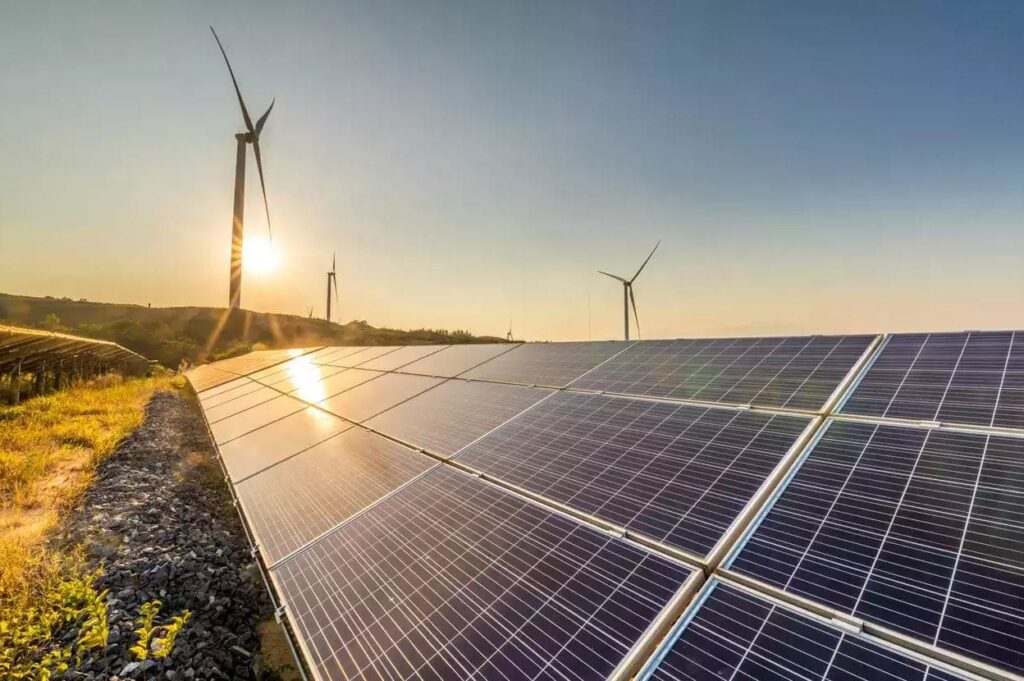Introduction
Renewable energy resources are sustainable since they replenish naturally over time despite humankind’s consumption. As a result, scientists emphasize the depletion of non-renewable resources and advise individuals to utilize renewable sources for sustainability. In this respect, renewable energy sources will gain popularity in the future due to increased use, there will be new technologies to increase power capacity from them, and there will be high investments for improvements in their usage.
Increase in Popularity
In the future, renewable energy sources will gain popularity due to their utilization to curb climate change. Ecological and renewable energy sources are considered alternatives to fossil fuels since the latter has been associated with global warming and climate change (Sayed et al. 2023, p. 1). In particular, non-renewable energy sources have detrimental effects on the planet. Fossil fuels contribute to water and air pollution, and the emission of greenhouse gasses is linked to global warming. In this context, global warming has severe environmental alterations which impact human health. Besides, it can lead to rising sea levels, increased floods and drought risks, and precipitation pattern alterations. As a result, scientists are advocating for a switch to eco-friendly resources. In this respect, renewable energy sources have the potential to provide positive contributions to the achievement of sustainable development goals linked to reducing greenhouse gas emissions (Sayed et al. 2023, p. 18). The use of renewable energy sources reduces air pollution, which contributes to improvement in people’s health. Moreover, they are considered to minimize droughts and floods. Therefore, people will use renewable energy sources mainly in the future, leading to their popularity.

Integration of Technologies With Renewable Energy Sources
In the future, new technologies and innovations will be integrated into using renewable energy sources. The low-carbon transition needs inventive efforts to deploy and develop renewable energy technologies (Li, Heimeriks & Alkemade 2020, p. 1). In this case, countries are concentrating on developing new technologies that can increase the use of renewable energy. Inadequate technologies to support energy production from renewable sources will influence individuals to go for fossil fuels. Subsequently, innovators are concentrating on new technologies that ensure renewable energy sources are sustainable for the growing population. Therefore, technologies associated with renewable energy sources will be present in the future to ensure they satisfy the demand.
High Investments
Besides, investments in the future will focus on renewable energy sources resulting in developments in their use. Gielen et al. (2019) present that power system de-carbonization will require about 1 trillion USD in total up to 2050, and investment in renewable energy sources should increase to approximately 500 billion USD per year by 2050 (p. 44). This data relating to investment in renewable energy sources justify that nations are planning to spend heavily on eco-friendly resources. In this context, by 2016, global investment in renewables had reached about 241.6 billion; by 2017, investments in renewable energy sources had doubled that of fossil power generation (Gielen et al. 2019, p. 40). Statistics on the shift in investment imply that there will be developments for renewable energy sources in the future. Power capacity from renewable energy sources remains untapped due to inadequate assets. However, there will be huge investments in renewable energy sources in the future that will maximize the benefits.
Conclusion
There will be huge investments and new technologies concentrating on renewable energy sources, increasing their popularity in the future. In particular, nations will change from non-renewable sources to renewable ones due to extreme effects linked with the former, contributing to the latter’s popularity. Besides, new technologies to maximize the use of renewable energy sources will be seen in the future. In turn, nations will invest heavily in renewable energy sources, contributing to advances in how power is tapped and stored to sustain the high population.
Reference List
Gielen, D, Boshell, F, Saygin, D, Bazilian, MD, Wagner, N & Gorini, R 2019, ‘The role of renewable energy in the global energy transformation’, Energy Strategy Reviews, vol. 24, pp. otential to contribute to the achievement of sustainable deve38-50, viewed 06 July 2023, DOI:10.1016/j.esr.2019.01.006.
Li, D, Heimeriks, G & Alkemade, F 2020, ‘The emergence of renewable energy technologies at country level: Relatedness, international knowledge spillovers and domestic energy markets’, Industry and Innovation, vol. 27, no. 9, pp. 1-24, viewed 06 July 2023, DOI:10.1080/13662716.2020.1713734.
Sayed, ET, Olabi, AG, Alami, AH, Radwan, A, Mdallal, A, Rezk, A & Abdelkareem, MA 2023, ‘Renewable energy and energy storage systems’, Energies, vol. 16, no. 3, pp. 1-26, viewed 06 July 2023, DOI:10.3390/en16031415.


